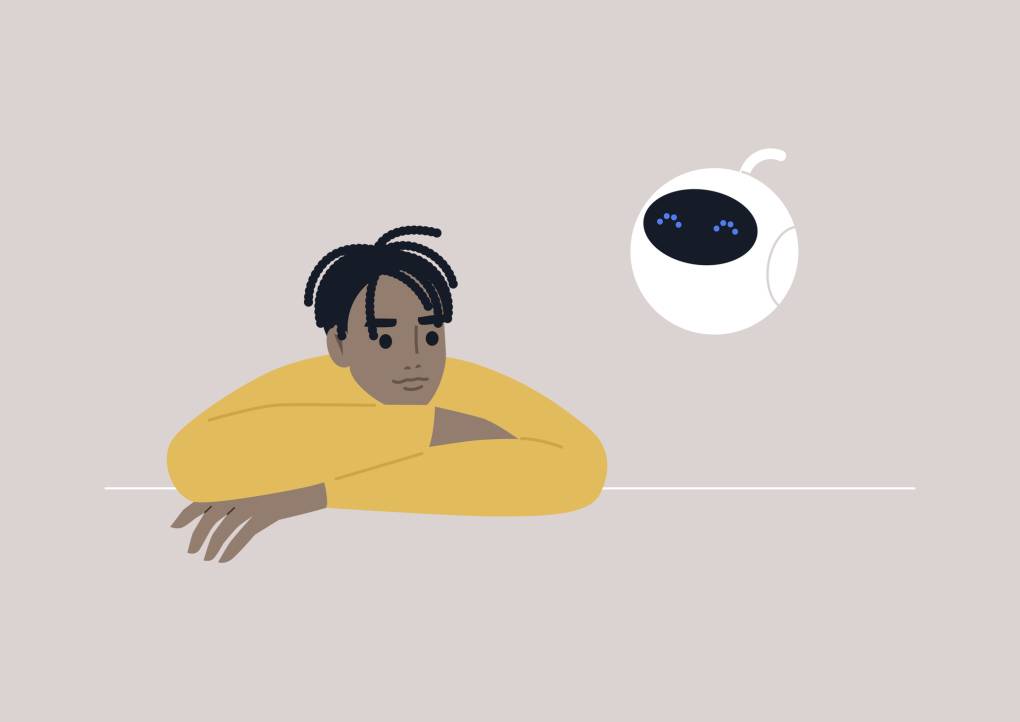The survey also asked teens a couple of open-response questions. Some teens told researchers that they are asking AI private questions that they were too embarrassed to ask their parents or their friends. “Teens are telling us I have questions that are easier to ask robots than people,” said Weinstein.
Weinstein wants to know more about the quality and the accuracy of the answers that AI is giving teens, especially those with mental health struggles, and how privacy is being protected when students share personal information with chatbots.
The second report, released on June 11, was conducted by Impact Research and commissioned by the Walton Family Foundation. In May 2024, Impact Research surveyed 1,003 teachers, 1,001 students aged 12-18, 1,003 college students, and 1,000 parents about their use and views of AI.
This survey, which took place six months after the Hopelab-Common Sense survey, demonstrated how quickly usage is growing. It found that 49% of students, aged 12-18, said they used ChatGPT at least once a week for school, up 26 percentage points since 2023. Forty-nine percent of college undergraduates also said they were using ChatGPT every week for school but there was no comparison data from 2023.
Among 12- to 18-year-olds and college students who had used AI chatbots for school, 56% said they had used it for help in writing essays and other writing assignments. Undergraduate students were more than twice as likely as 12- to 18-year-olds to say using AI felt like cheating, 22% versus 8%. Earlier 2023 surveys of student cheating by scholars at Stanford University did not detect an increase in cheating with ChatGPT and other generative AI tools. But as students use AI more, students’ understanding of what constitutes cheating may also be evolving.

More than 60% of college students who used AI said they were using it to study for tests and quizzes. Half of the college students who used AI said they were using it to deepen their subject knowledge, perhaps, as if it were an online encyclopedia. There was no indication from this survey if students were checking the accuracy of the information.
Both surveys noticed differences by race and ethnicity. The first Hopelab-Common Sense survey found that 7% of Black students, aged 14-22, were using AI every day, compared with 5% of Hispanic students and 3% of white students. In the open-ended questions, one Black teen girl wrote that, with AI, “we can change who we are and become someone else that we want to become.”
The Walton Foundation survey found that Hispanic and Asian American students were sometimes more likely to use AI than white and Black students, especially for personal purposes.
These are all early snapshots that are likely to keep shifting. OpenAI is expected to become part of the Apple universe in the fall, including its iPhones, computers and iPads. “These numbers are going to go up and they’re going to go up really fast,” said Weinstein. “Imagine that we could go back 15 years in time when social media use was just starting with teens. This feels like an opportunity for adults to pay attention.”
This story about ChatGPT in education was written by Jill Barshay and produced by The Hechinger Report, a nonprofit, independent news organization focused on inequality and innovation in education. Sign up for Proof Points and other Hechinger newsletters.

